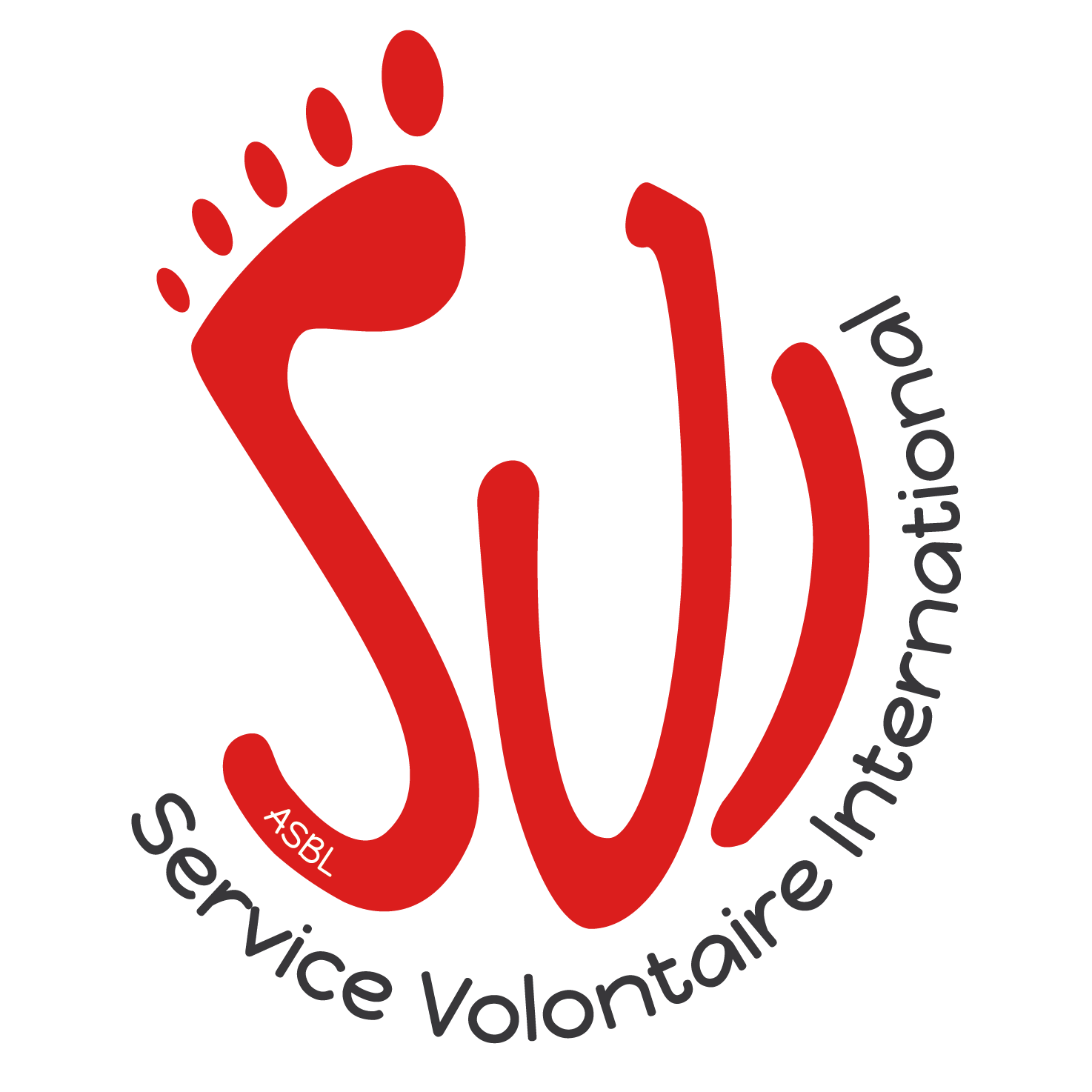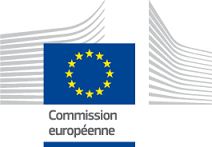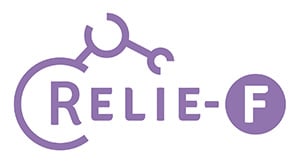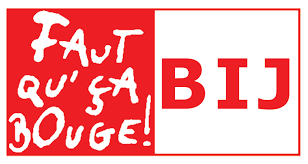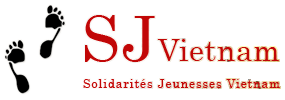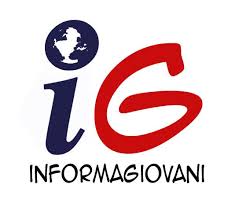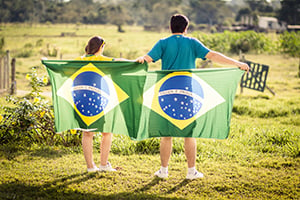Cambodia is bordered by the Mekong River and has an overflowing and fascinating nature. The country has many religions and expresses itself through its remarkable architecture. Angkor vat, the former capital of the Khmer Srok, is now part of UNESCO’s heritage. It symbolizes the religious but also cultural character of the Khmer people.
With its Hindu, Muslim, Buddhist and Christian touches, Cambodia has shaped its own philosophy of life. Colors, dances and legends are an integral part of the culture, which makes it so rich and captivating.
Paradoxically, the country has given its best, mixing art and culture, and worst of all, the Khmer Rouge, synonymous with genocide and terror.
It is estimated that between 1.5 and 2 million people (about a quarter of Cambodia’s population at that time) died under the Khmer Rouge regime. The majority of the skilled workforce has been eliminated.
After 20 years of conflict and civil war, the signing of the Paris Peace Agreements in October 1991 launched Cambodia into a process of democratic reconstruction and transition to a market economy.
Today, Cambodia is one of the poorest countries of South-East Asia. Different factors are making things worse, such as malnutrition, illiteracy, gender discrimination, limited access to social services and low share capital. The informal sector, which mainly concerns agricultural activities and international smuggling, accounts for about 80% of GDP. Income distribution is extremely unequal.
Cambodia remains a predominantly agricultural country with a large, poor and rural population. Its inhabitants are therefore extremely vulnerable to flooding caused by seasonal monsoon rains, which destroy fields and homes.
Furthermore, poor hygiene conditions encourage the development of waterborne diseases. Rural communities are also facing the effects of climate change and deforestation.
In 2011, Cambodia and the neighboring countries have been affected by devastating floods. Heavy rains have flooded 70% of the country, which led to the displacement of several thousand people and the destruction of fields, homes and resources. After storms and floods and the destructions that followed, the population needs food, temporary housing, clean water and sanitation facilities, primary health care and non-food products.
Cambodia is a poor country and one of the least developed countries. The kingdom remains dependent on international aid (12% of GDP) and the American and European markets for its exports. The four main pillars of its growth are agriculture, fishing, tourism and textiles (20% of GDP). Demographic imbalances (50% of the population is under 21 years old), the lack of skilled labour and the weakness of the labour market that cannot absorb the thousands of new annual graduates, represent Cambodia’s main challenges.
Cambodia has set a series of goals on the basis of the millennium development goals (MDGs) and has included it in its national strategic development plan. This list represents an ambitious but realistic challenge for the population and economy of Cambodia for 2015:
- Eradicating extreme poverty and famine and halving the number of people who live below the poverty line;
- Establishing universal basic education for 9 years;
- Promoting full gender equality.
Although Cambodia has made significant progress in the field of human rights over the past decade, it is still in a post-conflict situation. Several international and local organizations work on human rights and civil society groups are actively engaged in promotion, education and protection activities in this field. However, much work remains to be done.
1 USD = 4 039,52 KHR
Date de mise à jour : 2024-04-16 08:00:03
| Basic products | Price (Euro/Cambodia Riel) |
| 1 meal of 2 dishes | 2,23 € (1 011 096 KHR) |
| 1 bus ticket | 0,89 € (403 531 KHR) |
| 1L of water | 0,33 € (149 624 KHR) |
The country has many religions and expresses itself through its remarkable architecture. Angkor vat, the former capital of the Khmer Srok, is now part of UNESCO’s heritage. It symbolizes the religious but also cultural character of the Khmer people.
With its Hindu, Muslim, Buddhist and Christian touches, Cambodia has shaped its own philosophy of life. Colours, dances and legends are an integral part of the culture, which makes it so rich and captivating.
Paradoxically, the country has given its best, mixing art and culture, and worst of all, the Khmer Rouge, synonymous with genocide and terror.
It is estimated that between 1.5 and 2 million people (about a quarter of Cambodia’s population at that time) died under the Khmer Rouge regime. The majority of the skilled workforce has been eliminated.
Vaccines and specific advice:
Find out about the vaccines you should make before going to this country and about the preventive and/or treatment measures for local diseases.
Checklist :
- Vaccine updates, specific vaccines: 1-3 months before departure
- Visit your doctor for any health problem, prescription renewal, contraception, etc. In addition, you will need to send your coordinator a certificate from your doctor certifying that you are well suited to take part in an international volunteering project.
- Dentist: a dental check-up can be useful before going!
We advise you to visit the website of your country’s Foreign Affairs Ministry to consult the advice for every country.
Advice for American travellers here
Advice for Canadian travellers here
Advice for English travellers here
Cambodia travel advice
(dernière mise à jour faite le 2018-10-02T11:43:01+00:00)
Latest update: Summary – there is a heightened risk of flooding along the whole of the Mekong River; the south of the country has so far seen the worst of the flooding but areas at risk continue to change on a daily basis; you should follow the advice of local authorities; Health Section – revised guidance on sources of health information before travel
For more info, read the full article Cambodia travel advice
CYA is our privileged partner in Cambodia. This young organization was created in 2010 and has projects with 5 communities in 4 provinces (Kampot, Battambang, Siem Reap and Phnom Penh). These projects are based on entertainment, non-formal education, traditional agriculture (mangroves plantation), environment protection (fishing ports) and renovation. Thangdy, our contact person in CYA will welcome you and make your experience unforgettable.
EFCC was created in 2014 and its mission is to favour access to education, to health care and hygiene, and to a balanced diet for the poorest children in Cambodia. They welcome volunteers who want to have long-term experiences.
SaKam was created in 2004. This organization allows underprivileged students and youths to access quality classes and works to integrate them into the Cambodian labour market. They are also invested in the community around Chreav and therefore work with both parents and children. They offer volunteers the opportunity to get involved in education, entertainment, sports (football) or work in the library.
ST is an organization that has different projects in South-East Asia. In Cambodia, they welcome volunteers on long-term projects (minimum 6 months) for marketing, social development, finance and logistics, partnership development and communication projects.
PROCEDURE TO OBTAIN A VISA
All volunteers need a visa to enter Cambodia.
Tourist visas are valid for one month. For a period of more than one month, we advise you to check the exact formalities with the embassies concerned in order to be informed of any changes or requirements. Of course, we invite you to consult the embassy’s website before any departure in order to get all the information you need.
